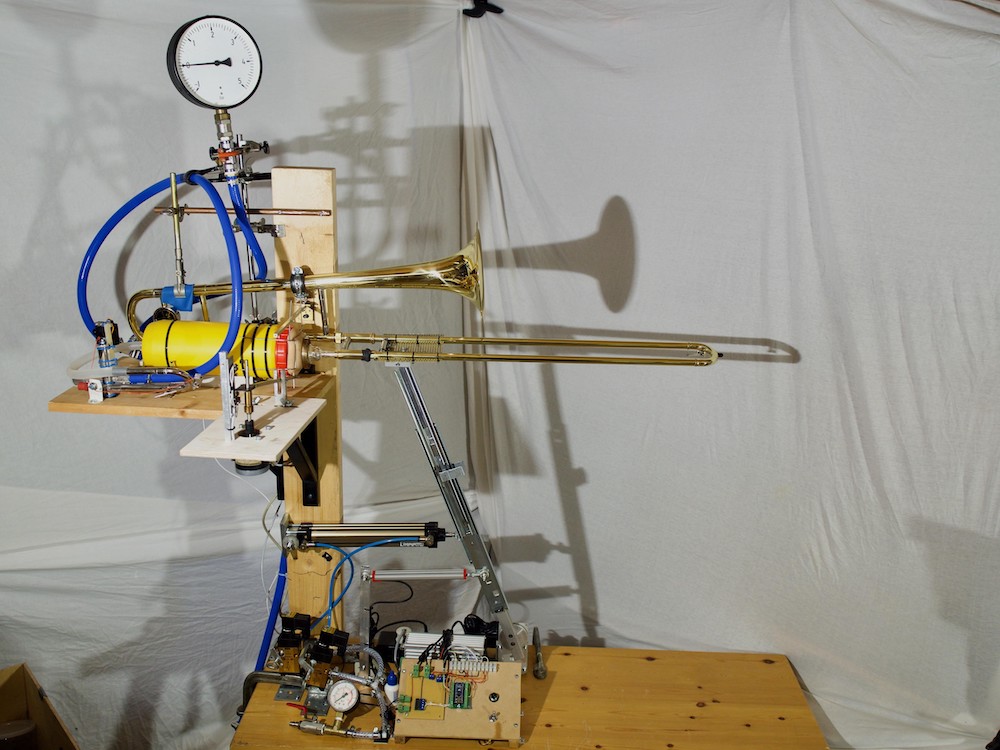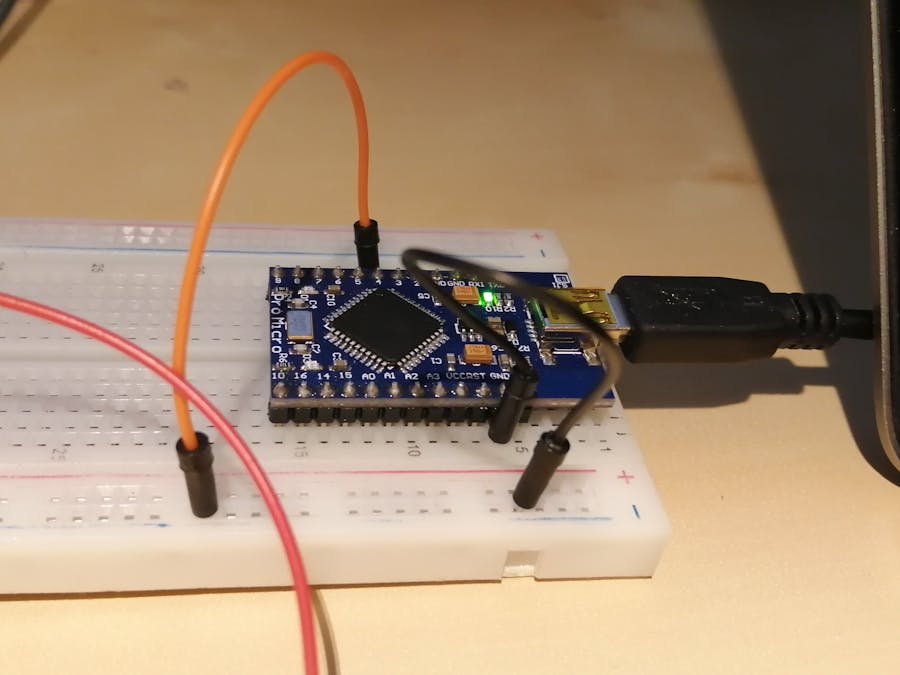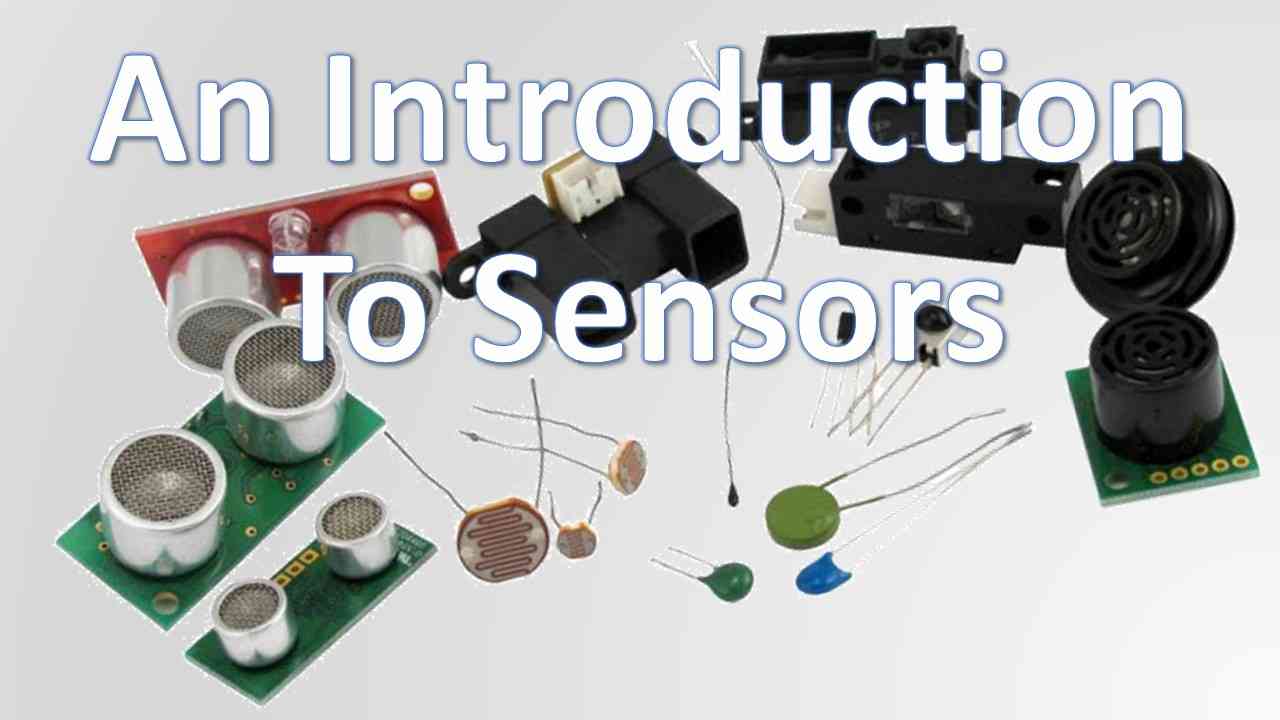Check out this amazing SNES portal built by one of our new members Joshua
“I modified a Super Nintendo controller to build a custom SNES Portable. Raspberry Pi Zero build. Checkout Part 2 – https://youtu.be/I4JuMUpMiAg“
Check out this amazing SNES portal built by one of our new members Joshua
“I modified a Super Nintendo controller to build a custom SNES Portable. Raspberry Pi Zero build. Checkout Part 2 – https://youtu.be/I4JuMUpMiAg“
There’s a niche arms race among hardware hackers to create ultra compact versions of video game consoles, and YouTube’s GmanModz appears to have successfully miniaturized an entire Nintendo 64 into a portable that’s not much bigger than an N64 game cart—making it possibly the world’s smallest to date.
The last time we featured one of GmanModz creations they had turned an N64 into a super-sized GBA SP complete with a folding screen, but as impressive as it was, the hacked console was still a bit on the chunky side as far as portable gaming systems go. Trying to squeeze it into a pocket would have been an uncomfortable endeavor.

A lost, unreleased Game Boy add-on known as the WorkBoy has been discovered after 28 years and reveals an accessory that could have brought PDA-like functions like an address book, calculator, appointment book, and so much more to Nintendo’s beloved handheld device.Video game historian Liam Robertson shared his quest to find out what happened to this add-on in a new Game History Secrets video on DidYouKnowGaming? and, not only did he track down the original creators behind the WorkBoy to learn the story behind why it was never released, he was able to get one of the only prototypes in the world working.
As you can see in the image below, the WorkBoy was a keyboard that connected to the Game Boy via Link Cable and would allow you to take advantage of 12 apps, including an address/phone book and appointment book.

Inspired by Wintergatan’s Martin Molin, iSax set out to create a MIDi-controlled robotic trombone of his own. Although the aptly named RoboTrombo may not replace professional trombone players any time soon, it’s nonetheless an impressive musical hack.
The instrument is controlled by an Arduino Nano running Firmata, along with a host computer, and employs a variety of pneumatic and electrical actuators to produce the tunes.

I’ve been playing with Arduino recently to see what it can do for me. I have an old “dummy” UPS, which cannot report its status to the host computer since there is no USB port on it. One of the projects I had in mind is to create “brains” for the dummy UPS with help of Arduino board. The purpose of such UPS brains would be to read internal UPS status by measuring remaining battery capacity, charging/discharging state, battery current, voltage etc. All these readings should be then passed through the USB interface and be interpreted by the host operating system of the computer in the same fashion as it is done with commercial smart UPS (say, by APC).
I did not want to mess with developing hardware drivers for my custom UPS and I wanted it to be “plug-and-play” so I decided, after some research, to implement a HID-compliant interface according to this specification. HID stands for “Human Interface Device” and was originally designed for keyboards, mice, joysticks and similar devices for human input, however it has been extended recently to support power devices such as UPS, batteries and chargers, which can benefit from using the HID standards for intelligent communication with the host computer.

I’ve been wondering if I could turn my haircut robot into a pumpkin carving robot. Cutting hair and carving pumpkins isn’t really that different if you think about it – both cut stuff off a roughly pumpkin sized spheroid. In this video I do just that and carve some pretty amazing pumpkins with it. This was a bit of a sprint to get done – I can’t wait until next year to make even more insane pumpkins with it!
In video #147 I said, that the Arduino IDE can only use one Serial connection of the three available on the ESP32. A viewer told me, that this is wrong and pointed me to the right direction. And then, I even found a third, “secret” Serial connection.
Shooting Holes in Disks with a Laser is Incredible when it comes to Retro Copy Protection. Find out how in this episode of Coding Secrets.
In the land of electronics, there are many different types of sensors.
If you start dabbling in electronics, it won’t be long before you end up needing/wanting to measure some sort of quantity like temperature, speed, light level, distance, sound, humidity etc.
This is especially true if you work with Arduino, RPi, PICs, or any sort of platform or microcontroller.
These days, there are many different electronic sensors to choose from. Given the pace at which technology advances and the myriad of sensors available, those new to electronics often find themselves confused about sensors and how to apply them.

I destroyed an Arduino so you don’t. Learn 10 things NOT to do with your Arduino.